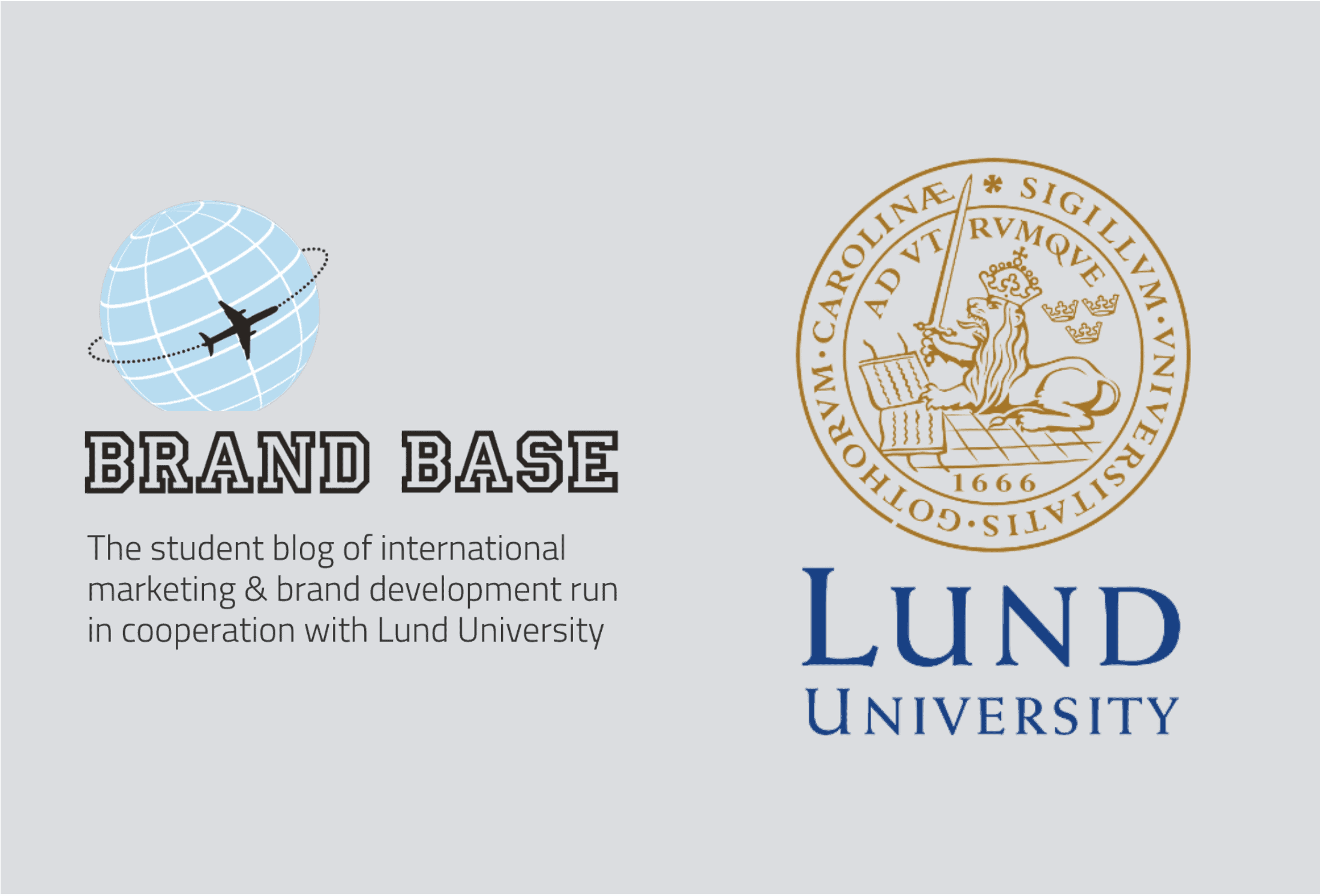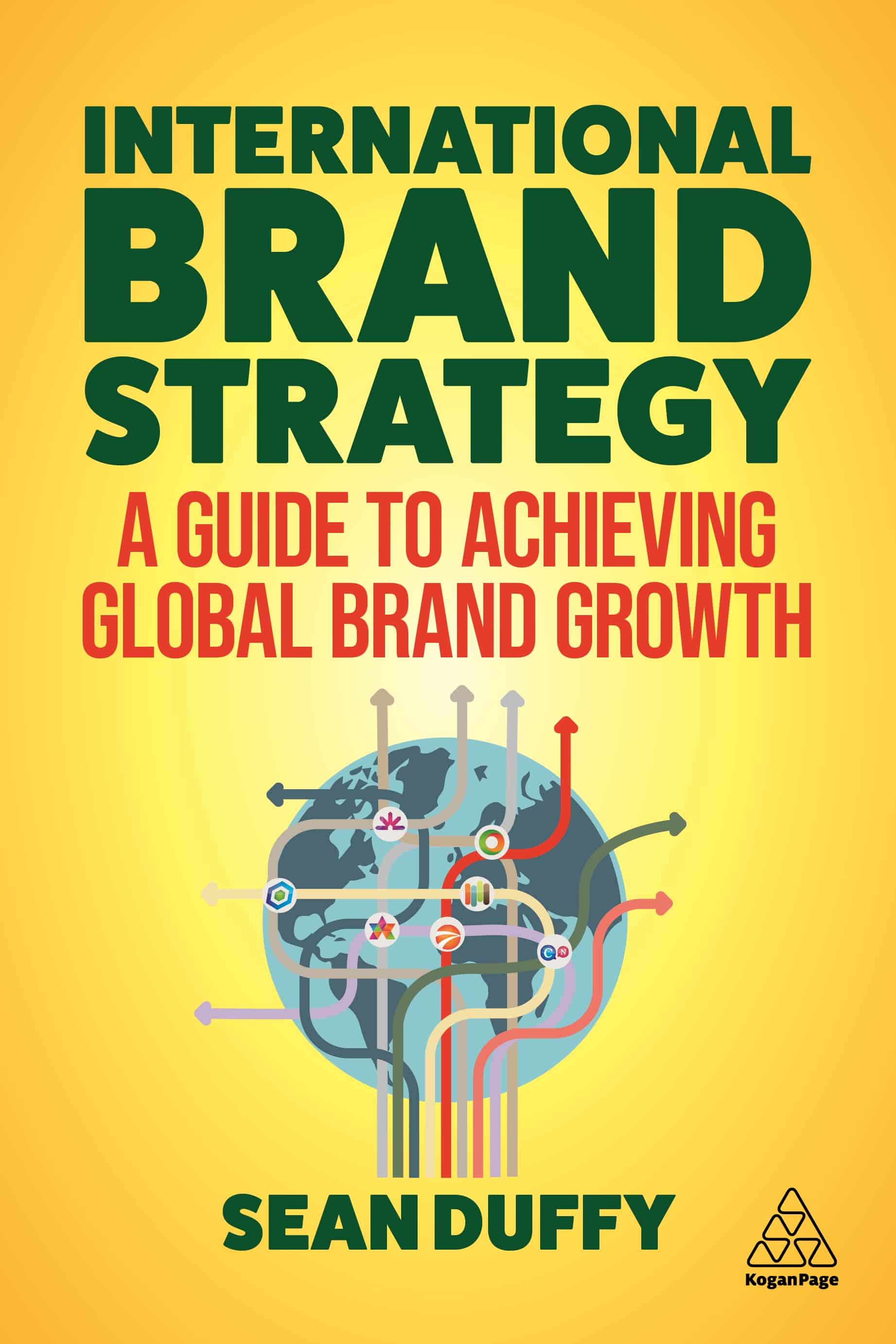Banner blindness: A reason to change your advertisements?
Are the results of your online advertisements not meeting your expectations? ...
21 Feb 2024 4480 Views
Written by Linnéa Björck
Consumers have developed avoidance behavior that will minimize the chances of your advertisement being viewed. The effectiveness of your advertisement can be maximized to reach consumers in the limited attention society. A change from disruptive marketing could be the solution.
In the information-rich network society we are living in companies are constantly fighting for consumers attention. Since users, especially online, are constantly facing new information their attention paid to every impression is limited. It is therefore difficult for companies to be heard. In the shift from offline to online the effectiveness of online banner ads can be questioned especially since the click-through rate is decreasing (Barreto, 2013). To consider an ad to be effective customers need to notice it, react to it and visit the website (Barreto, 2013). Therefore, marketers need to create engaging advertisement in order to cut the clutter and avoid banner blindness in the limited attention society.
This post will
- Explain the phenomenon banner blindness and why it occurs
- Suggest improvements to avoid the phenomenon
- Provide a different way of advertising in order to avoid the phenomenon and increase the effectiveness of your ads
What affects the searchers attention online?
When visiting a website, the attention that is paid to the content varies from site to site, and it also depends on the visuals and on the persons browsing behavior. Consciously or unconsciously users tend to avoid ads based on the prejudice of them containing irrelevant information, and this phenomenon is commonly known as “banner blindness” (Nielsen, 2007; Benway & Lane, 1998).
The phenomenon banner blindness can be seen as a consequence of our limited attention. Everybody in a network is able to communicate, however, the attention paid to viewing, reading or listening to content is limited. The more content people produce, the more difficult it gets to be heard (Dijk, 2012). If we would pay attention to everything surrounding us, we would be overwhelmed by information and unable to behave efficiently (Pernice, 2018). When navigating online, user interface elements, ads and other content is fighting for the attention of users. Eye-tracking shows that users have become more efficient in sorting which elements to pay attention to, but this also depends much on their browsing behavior (Albert & Resnick, 2014; Barreto, 2013; Benway, 1998).
Browsing behavior – intentions of going online?
“Goal directed searching” and “undirected browsing” are two navigation behavior that result in different levels of attention paid to ads. In a goal directed search little attention is paid to content that is not relevant for the information the person is seeking, while browsing undirected will make the person more susceptible to other impressions (Pagendarm & Schaumburg, 2001). Hence, banner blindness occurs more often when users have a goal for going online. Since 80% of the searches online are of informational intent (Jansen, Booth & Spink, 2007), indicating on a goal directed searching behavior, it is of great importance to overcome the banner blindness in order for the ad to be effective.
Banner blindness and eye-tracking
Users learn quite quickly how a webpage is structured and where the ads are located in order to avoid them. Here eye-tracking shows that webpages are most commonly read as an F (Wojdynski & Evans, 2016) and banners are, on many websites, located on the right-rail, vertically on the right side of the page.
Research shows that advertisements located at the top of the page, or that are embedded in the content, receive more attention but not necessarily more recognition (Fox, Smith, Chaparro & Shaikh, 2009). The visuals and the content of the ad also effect how much attention is paid to it. Content that is mainly text-based is heavier to process and demands more than visual content such as pictures and videos (Barreto, 2013; Hsieh, Chen & Ma, 2012). Visual distinguished ads should therefore lower the risk of banner blindness, but studies show that users find these ads distracting and that they have a tendency to dislike them because of the distraction (Barreto, 2013; Li, Edwards & Lee, 2002; Benway, 1998). Distracting ads result in irritation and causes avoidance behavior such as banner blindness. Users have tried to overcome the irritation of ads by using ad-blockers on their web browsers (Wills & Uzunoglu, 2016). Therefore, minimizing the irritation is key to maximize the effectiveness of the communication (Li, Edwards & Lee, 2002).
Shift the focus – from disruptive to engaging
One way of minimizing the irritation and overcome banner blindness is through native advertisement. The disruption is minimized when the online marketing appears in-stream (Campbell & Marks, 2015) and the advertisement benefits from the publisher’s credibility (Kim, Youn & Yoon, 2018). When users recognize that the content is sponsored, or of commercial character, they tend to process it slightly different (Wojdynski, 2016). However, if the ad appears in a relevant context the user tends to have a more favorable attitude and increased brand awareness than if it appears in an irrelevant context (Kim, Youn & Yoon, 2018).
On social media the minimization of disruptiveness is even more important. It is just as easy for users to unfollow as to follow a company’s channel. A conversation with the users, taking a subtler, inviting approach is favorable (Campbell & Marks, 2015; Keitzmann, Hermkens, McCarty & Silvestre, 2011). The native advertisement has increased through influencers where users actively choose who to follow. Since the user is already engaged in the content, or the person posting it, paid posts do not appear as disruptive (Campbell & Marks, 2015). Native content on social medias such as Instagram is also adjusted to the format and is not visual distinguishing that can result in irritation. When the ad is optimized visually and to its context the relevance and engagement increases (Campbell & Marks, 2015).
Besides lowering disruptiveness, native content is also considered more engaging. The click-through rate on influencer marketing is higher than both Google Adwords and Facebook (Grapevine, 2016). This indicates that native content in the right context with the right influential people result in more effective advertisement (Kannan & Li, 2017). For an ad to be effective customers need to notice it, react to it and visit the website (Barreto, 2013) and it is more likely that they will when using native advertisement. The purchase rate should also increase since people trust experts and people like themselves to a great extent (Edelman, 2018). If the influencers are considered experts, as they could if the advertisement is placed in the right context, the sales should consequently also increase.
Conclusively, it is easier for users to avoid banners whether it is consciously through ad-blocking or active avoidance, or unconsciously through banner blindness. When the placement of the advertisements is optimized to its context, users tend to have a more positive attitude towards the ad meanwhile ads in an irrelevant context appear annoying. The irritation can be overcome by native advertisement since the context is more relevant and the user is already engaged in the content. Also, companies benefit from having a subtle approach, engaging the customers, instead of a disruptive approach just to be noticed. Native content is also more effective in terms of noticing, reacting and visiting a website and though influencers the purchasing rate also has a potential to increase. So, if your company is using banners they probably have potential to be optimized, or perhaps native engaging content will generate more effectiveness for your business?
References:
Albert, W., & Resnick, M. (2014). The Impact of Advertising Location and User Task on the Emergence of Banner Ad Blindness: An Eye-Tracking Study. Journal of Human-Computer Interaction, vol. 30, pp. 206-219. [Accessed 18 November 2018]
Barreto, A.M. (2013) “Do users look at banner ads on Facebook?”, Journal of Research in Interactive Marketing, vol. 7 (2), pp.119-139.
Available online: https://doi.org/10.1108/JRIM-Mar-2012-0013 [Accessed 18 November 2018]
Benway, J. P. (1998). Banner blindness: the irony of attention grabbing on the world wide web. Rice University Research, Houston, Texas [Accessed 20 November 2018]
Benway, J.P. and Lane, D.M. (1998), “Banner blindness: web searchers often miss “obvious” links”, Internetworking: Internet Technical Group Newsletter, vol. 1 (3). Available online: www.internettg.org/newsletter/dec98/banner_blindness.html [Accessed 20 November 2018]
Campbell, C., & Marks, L. J. (2015). Good native advertising isn’t a secret. Business Horizons, vol. 58 (6), pp. 599-606. [Accessed 22 November 2018]
Dijk, J.V. (2012). The Network Society, 3rd edn, SAGE Publications Ltd
Edelman data found in The Atlas (n.d.) Share of people considering source very/extremely credible. Available online: https://www.theatlas.com/charts/S1st73fBz [Accessed 22 November 2018]
Fox, D., Smith, A., Chaparro, B. S., & Dawn Shaikh, A. (2009). Optimizing Presentation of AdSense Ads within Blogs. Proceedings of the Human Factors and Ergonomics Society Annual Meeting, 53(18), 1267–1271.
https://journals.sagepub.com/doi/pdf/10.1177/154193120905301822?casa_token=TRsNp4scxiAAAAAA%3AzNgLz-AtMBwB_GEp4JnL0tF0eA-Ie2J0fBk5kteZjQ-2yRO1pw6t79ALDA5gl7FMhi0xvQPNYyt0Nw [Accessed 20 November 2018]
Grapevine. (2016). 2016 Influencer Marketing Benchmarks [pdf]. Available online: https://cdn2.hubspot.net/hubfs/418657/Brand-Collateral/Reports/Influencer_Marketing_2016_Benchmarks.pdf [Accessed 24 November 2018]
Hsieh, Y-C., Chen K-H., & Ma, M-Y. (2012). Retain viewer’s attention on banner ad by manipulating information type of the content. Computers in Human Behavior, vol. 28 pp. 1692-1699. [Accessed 20 November 2018]
Jansen, B.J., Booth, D.L., & Spink, A. (2008). Determining the informational, navigational, and transactional intent of Web queries. Information Processing and Management, vol. 44 pp. 1251-1266. Available online: https://faculty.ist.psu.edu/jjansen/academic/pubs/jansen_user_intent.pdf [Accessed 25 November 2018]
Jenner, K. (2018). kendalljenner [Instagram]. Available online:
https://www.instagram.com/p/Bb0CSsOjZlS/ [Accessed 25 November 2018]
Kannan, P.K., & Li, H. (2017). Digital marketing: A framework, review and research agenda. International Journal of Research in Marketing, vol. 34, pp. 22-45. Available online: http://dx.doi.org/10.1016/j.ijresmar.2016.11.006 [Accessed 20 November 2018]
Keitzmann, J.H., Hermkens, K., McCarty, I.P., & Silvestre, B.S. (2011). Social media? Get serious! Understanding the functional building blocks of social media. Business Horizons, vol. 54, pp. 241-251 [Accessed 22 November 2018]
Kim, S., Youn, S., & Yoon, D. (2018). Consumers’ responses to native vs. banner advertising: moderation of persuasion knowledge on interaction effects of ad type and placement type, International Journal of Advertising,
DOI: 10.1080/02650487.2018.1451208 [Accessed 20 November 2018]
Li, H., Edwards, M.S., & Lee, J-H. (2002). Measuring the Intrusiveness of Advertisements: Scale Development and Validation, Journal of Advertising, vol. 31:2, pp. 37-47, Available online: https://doi.org/10.1080/00913367.2002.10673665 [Accessed 20 November 2018]
Nielsen, J. (2007) Banner blindness: Old and new findings. Nielsen Norman Group. Available online: https://www.nngroup.com/articles/banner-blindness-original-eyetracking/ [Accessed 18 November 2018]
Pagendarm, M. and Schaumburg, H. (2001), “Why are users banner-blind? The Impact of Navigation Style on the Perception of Web Banners”, Journal of Digital Information, vol. 2 (1). Available online: http://journals.tdl.org/jodi/index.php/jodi/article/viewArticle/36/38 [Accessed 20 November 2018]
Pernice, K. (2018). Banner Blindness Revisited: Users Dodge Ads on Mobile and Desktop. Nielsen Norman Group. Available online: https://www.nngroup.com/articles/banner-blindness-old-and-new-findings/ [Accessed 18 November 2018]
Suby, S. (2017). How Daniel Wellington built a $228 million global fashion empire with a tiny $30K investment [detailed case study]. Available online:
https://kingkong.com.au/how-daniel-wellington-built-a-228-million-global-fashion-empire-with-a-tiny-30k-investment-detailed-case-study/ [Accessed 25 November 2018]
Wills, Craig & Doruk Uzunoglu. 2016. What Ad Blockers are (and are not) doing. In A. Iyengar, L. Liu & S. Chen. (eds.), Hot topics in web systems and technologies (Hotweb), 2016 fourth IEEE workshop on, 72–77 IEEE. Washington: USA [Accessed 22 November 2018]
Wojdynski, B. W. (2016) The Deceptiveness of Sponsored News Articles: How Readers Recognize and Perceive Native Advertising, American Behavioral Scientist, vol. 60 (12) pp. 1475–1491. [Accessed 22 November 2018]
Wojdynski, B. W., & Evans, N. J. (2016). Going native: Effects of disclosure position and language on the recognition and evaluation of online native advertising. Journal of Advertising, vol. 46, pp. 157-168.
Available online: http://dx.doi.org/10.1080/00913367.2015.1115380 [Accessed 22 November 2018]
Like this post? You'll find more marketing insights in my new book: International Brand Strategy: A guide to achieving global brand growth, now available from booksellers globally. Order your copy here.






